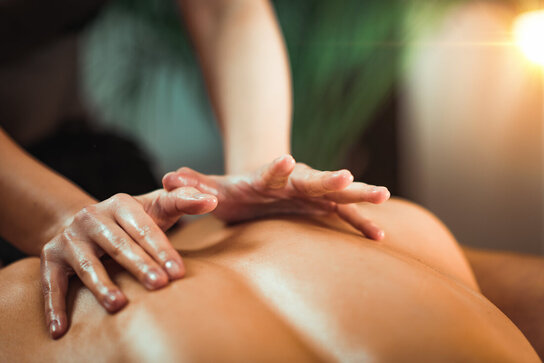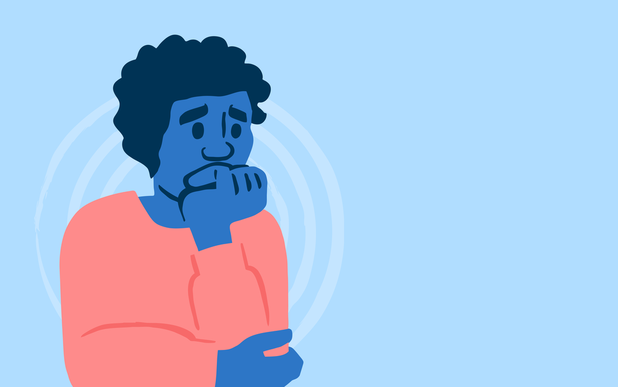In my newsletter I share the most useful information I have learnt in 16 years of holistic practice. My content is based on scientific research and hands-on experience with my patients. and I typically aim to offer a fresh and pragmatic perspective on topics such as “How to bring body, mind and spirit back into harmony” so that you can easily implement these tools in your daily life.
If you wish to receive it in your mailbox, you will also benefit from any special offers I reserve my clientele. To get on board simply click the button below ~ I look forward to hearing from you!











